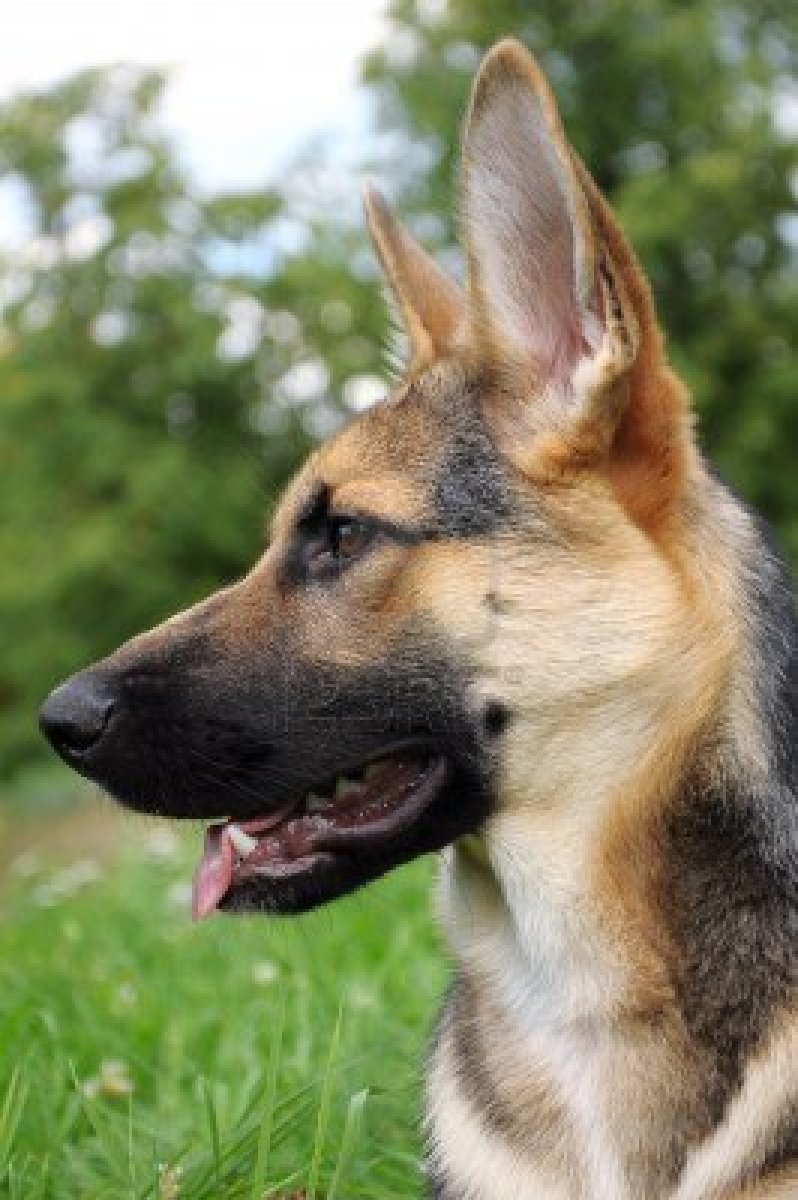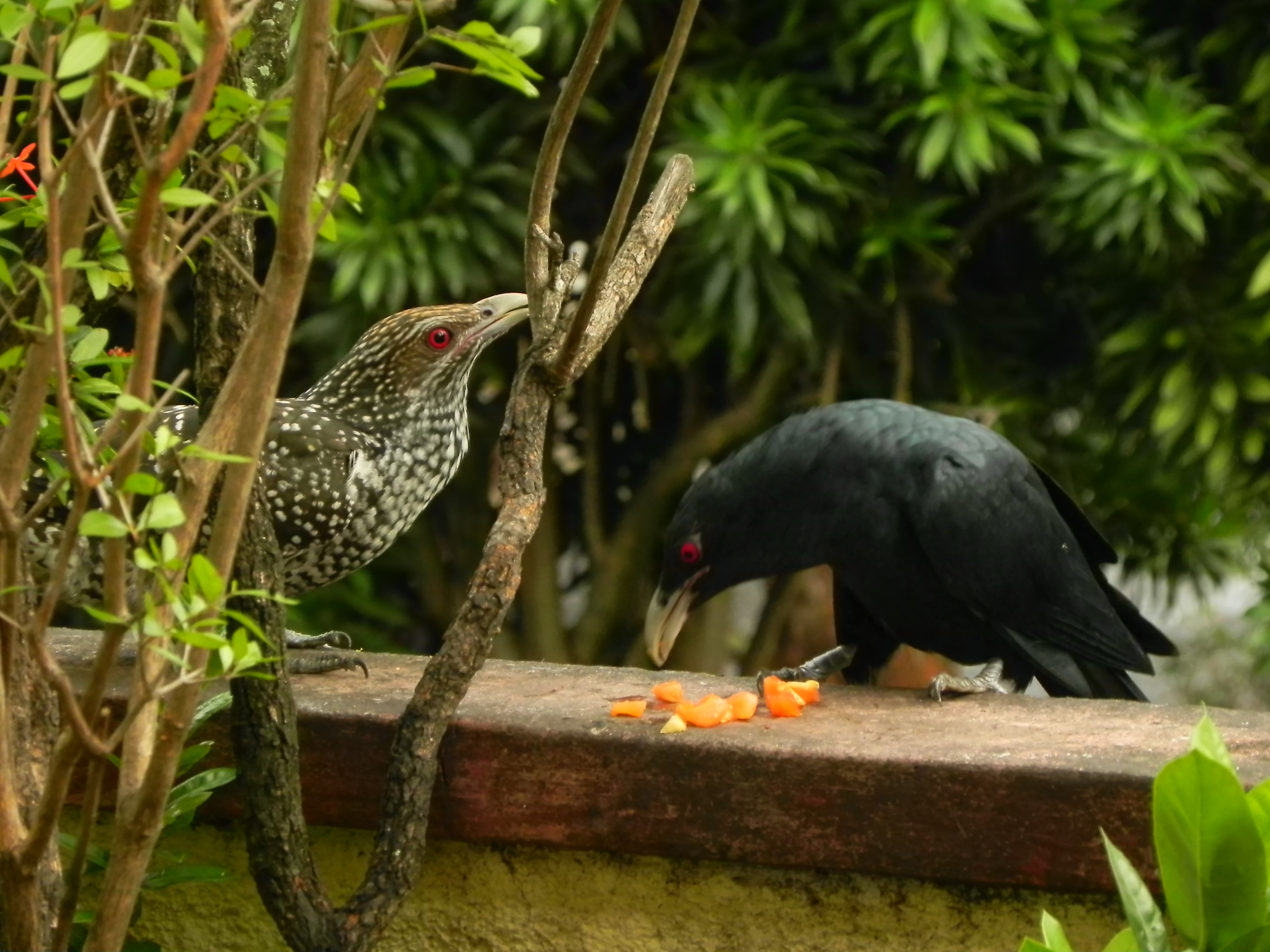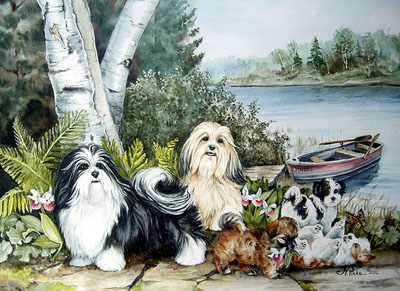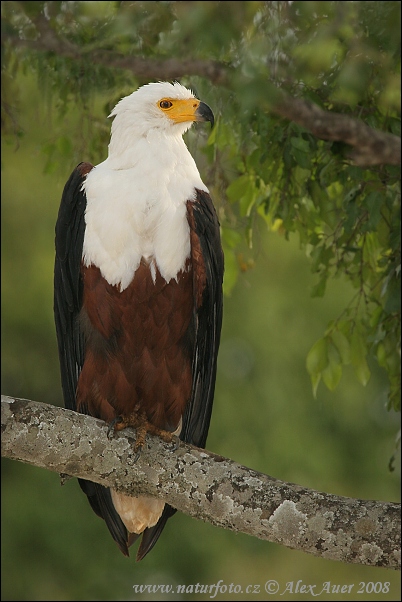The East European Shepherd—also called the Byelorussian Ovcharka, Owczarek Wschodnioeuropejski and Vostochnoevropejskaya Ovcharka (EES)—is a breed of dog that was created by cross-breeding original German Shepherd Dogs
with Husky types of Russian origin.These dogs were bred initially for military use; the dogs were bred specifically for their intelligence.This is a rare breed and is not so popular in western countries.
 |
A 2 YEAR OLD EAST EUROPEAN
SHEPERD |
The East-European Shepherd is larger than an German Shepherd: males are 66-71 centimetres (26–28 inches) at the withers, while females are 58-66 centimetres (23–26 inches). Along with a short coat of dense fur, they have strong (but not coarse) bones and well-developed muscles. Their coat is medium in length with a well-developed undercoat. They are heavy shredders and shed lots of fur. The acceptable colors for these dogs include saddled (that can be saturated to give an almost black-and-tan or black-and-red appearance), blanket-back black and tan, solid black, and solid liver. Some rare colors include: blue (saddle, blanket-back, and solid), silver, and solid white. Agouti—gray and red is permitted for breeding but not desired.The head of an East-European Shepherd is of a 'wolfish' appearance, resting on a long neck in rather massive collar fir; it is proportional to the rest of the body. It is triangular and wedge-shaped with a slightly rounded forehead. The muzzle is equal in length to the skull, and the lower jaw is well developed. With large teeth in full complex and powerful jaw muscles, the dog is capable of a very strong hold and scissor-cutting bite . Their ears are medium in size and pricked. Their eyes are medium, oval, and dark, with close-fitting, well-colored eyelids. Acceptable colors for breeding are amber, brown and hazel.Their backs are strong, wide, and long. The loins are long and wide, well-muscled and slightly arched. Their croup is wide, long, and slightly sloping towards the tail. The tail is long, bears thick fir, erected in a form of a sword when the dog's excited. The chest is moderately wide, while the belly is reasonably tucked up. The chests are scimitar in form, reaching the hocks or slightly longer in some cases. The legs are strong and straight; feet are oval and compact. The dog's pace is of a trotter, rather than of a skid, sliding just above the ground so typical to other German Shepherds' cousins.
 |
THIS IS AN EAST
-EUROPEAN SHEPERD |
The East-European Shepherds are very agile, sensitive, loyal, and devoted to their owners. The East-European Shepherd is balanced, confident, intelligent, and playful; however, it is known to be unsure of strangers. It is a tough breed, and can be aggressive, making it a great guard dog.East-European Shepherds are working dogs and need to be exercised regularly. They were bred for their intelligence and they are quick learners. Their ability to stand many extreme climates allows them to live outside, as well as inside. They perform well as hunting dogs and can work as draught dogs in a group of the same.One of the main reason to create this breed was to remove hip and elbow dysplasia, that is a common disease in German Shepherds which may lead to the dog experiencing pain in later life and may cause arthritis. Due to the large and open nature of their ears, East-European Shepherds are not prone to ear infections.
 The Asian Koel (Eudynamys scolopaceus) is a member of the cuckoo order of birds, the Cuculiformes. It is found in South Asia, China, and Southeast Asia. It forms a super species with the closely related Black-billed and Pacific Koels which are sometimes treated as subspecies. The Asian Koel is a brood parasite that lays its eggs in the nests of crows and other hosts, who raise its young. They are unusual among the cuckoos in being largely frugivorous as adults. The name koel is echoic in origin with several language variants. The bird is a widely used symbol in Indian poetry.
The Asian Koel (Eudynamys scolopaceus) is a member of the cuckoo order of birds, the Cuculiformes. It is found in South Asia, China, and Southeast Asia. It forms a super species with the closely related Black-billed and Pacific Koels which are sometimes treated as subspecies. The Asian Koel is a brood parasite that lays its eggs in the nests of crows and other hosts, who raise its young. They are unusual among the cuckoos in being largely frugivorous as adults. The name koel is echoic in origin with several language variants. The bird is a widely used symbol in Indian poetry.-_Female_feeding_on_Chiinese_Fan_Palm_(Livistona_chinensis)_in_Kolkata_I_IMG_3417.jpg)
























